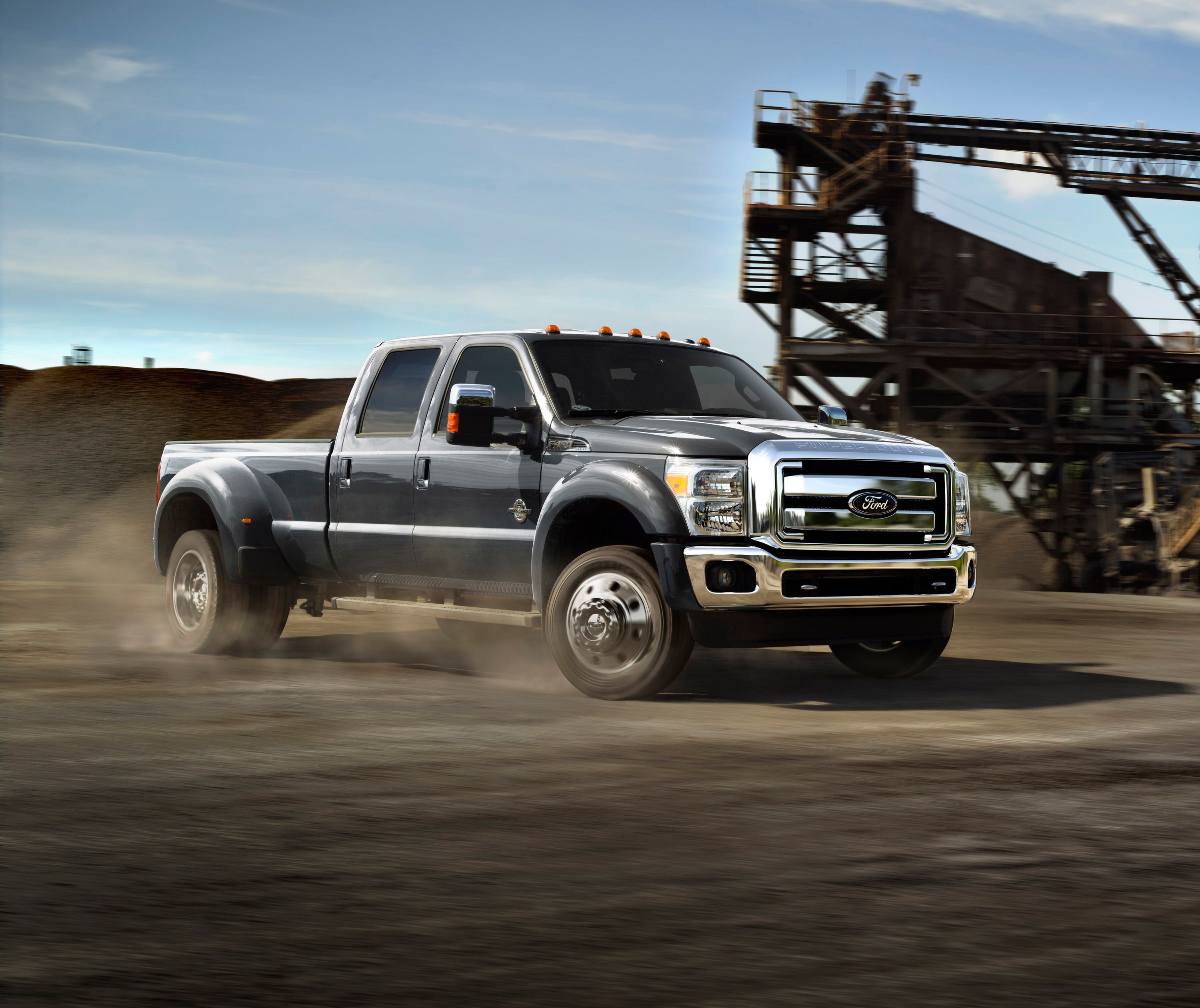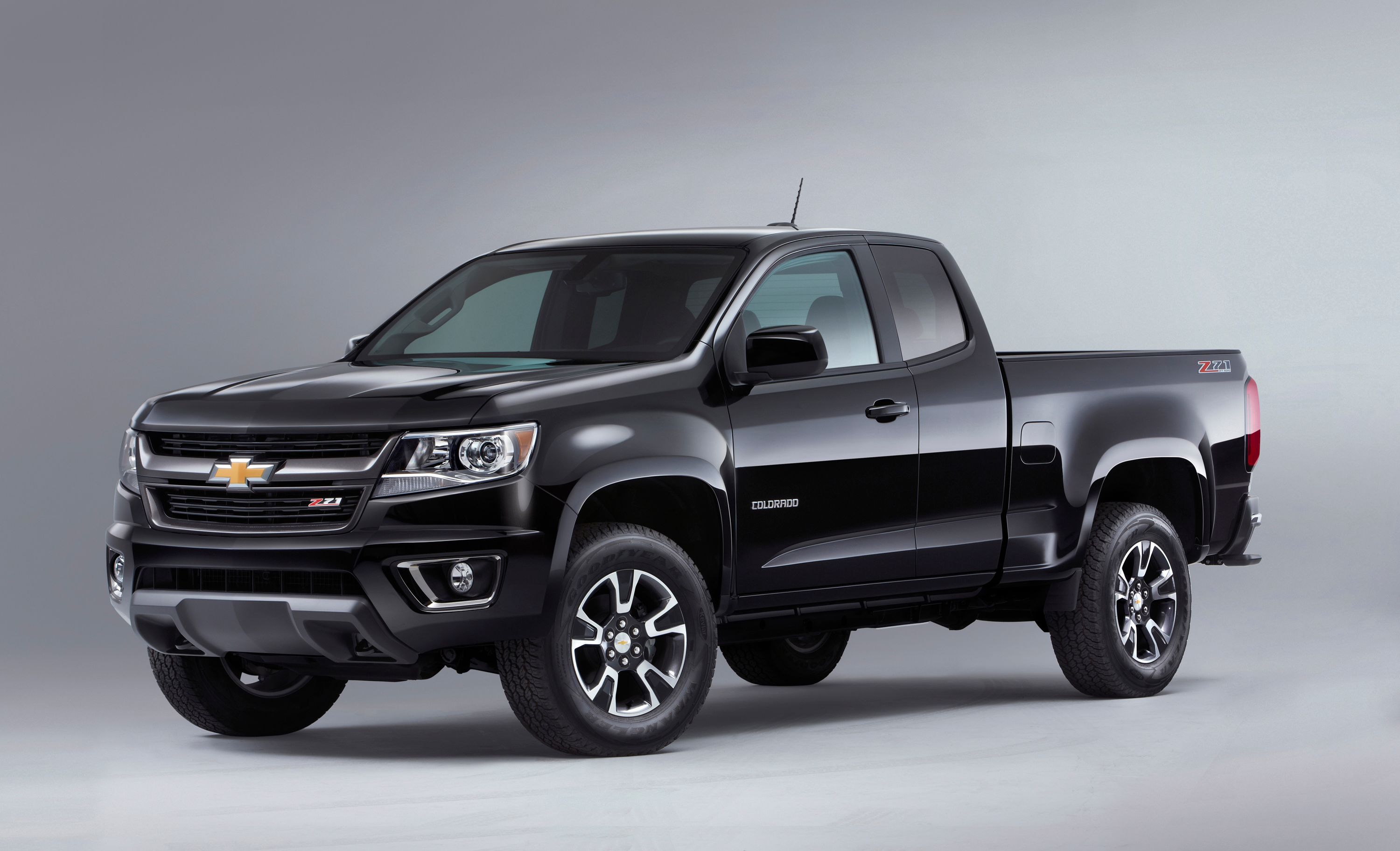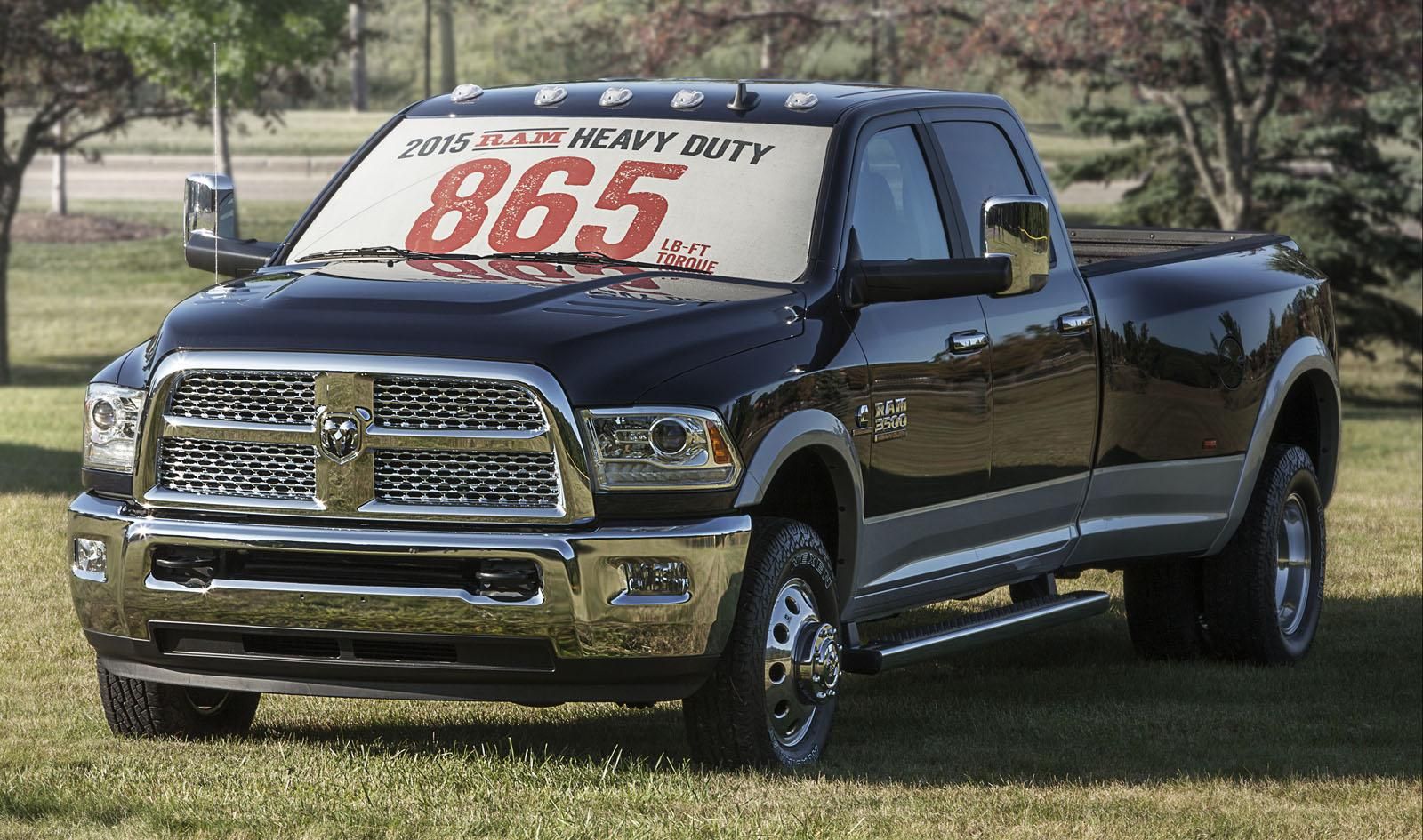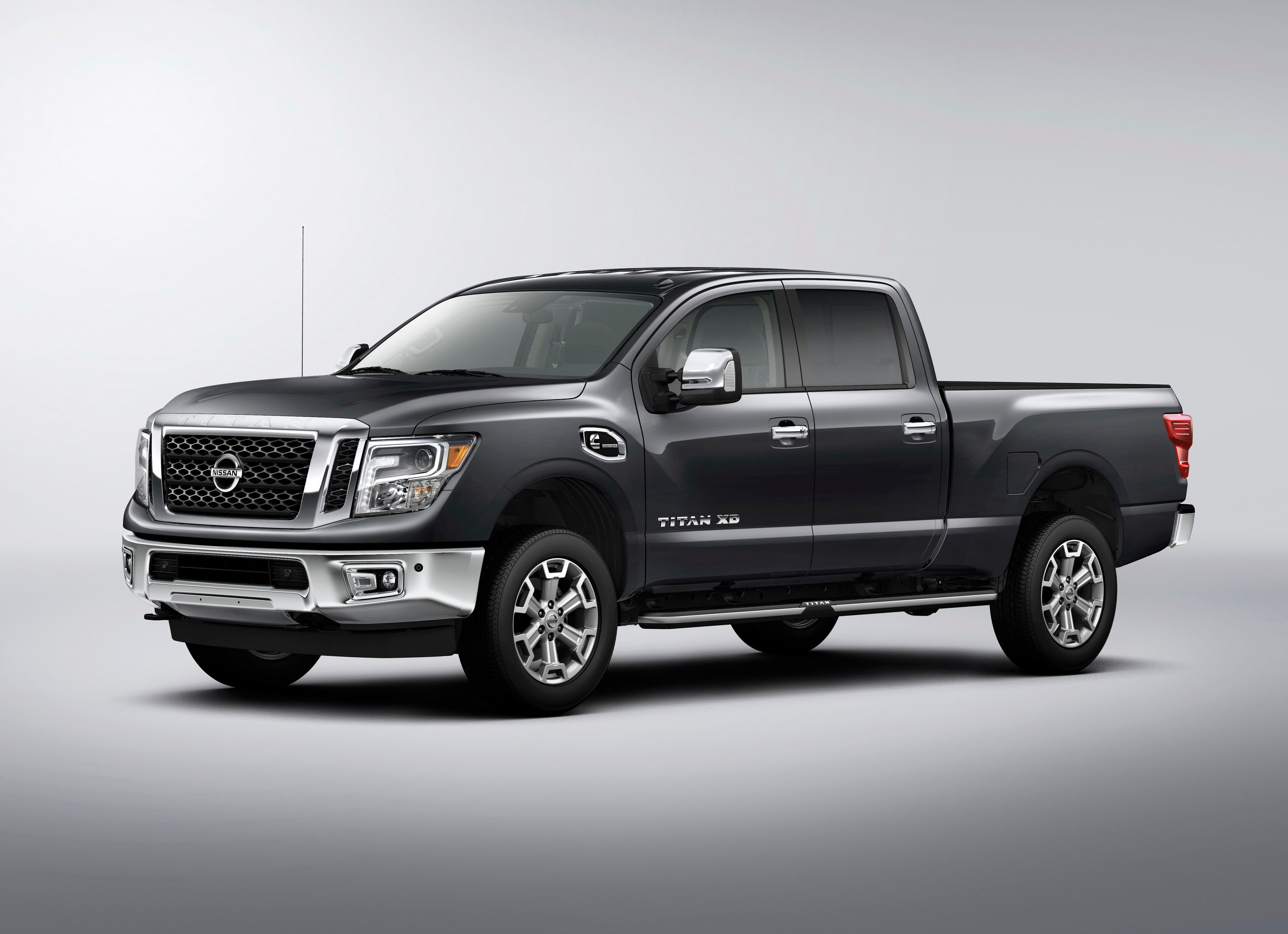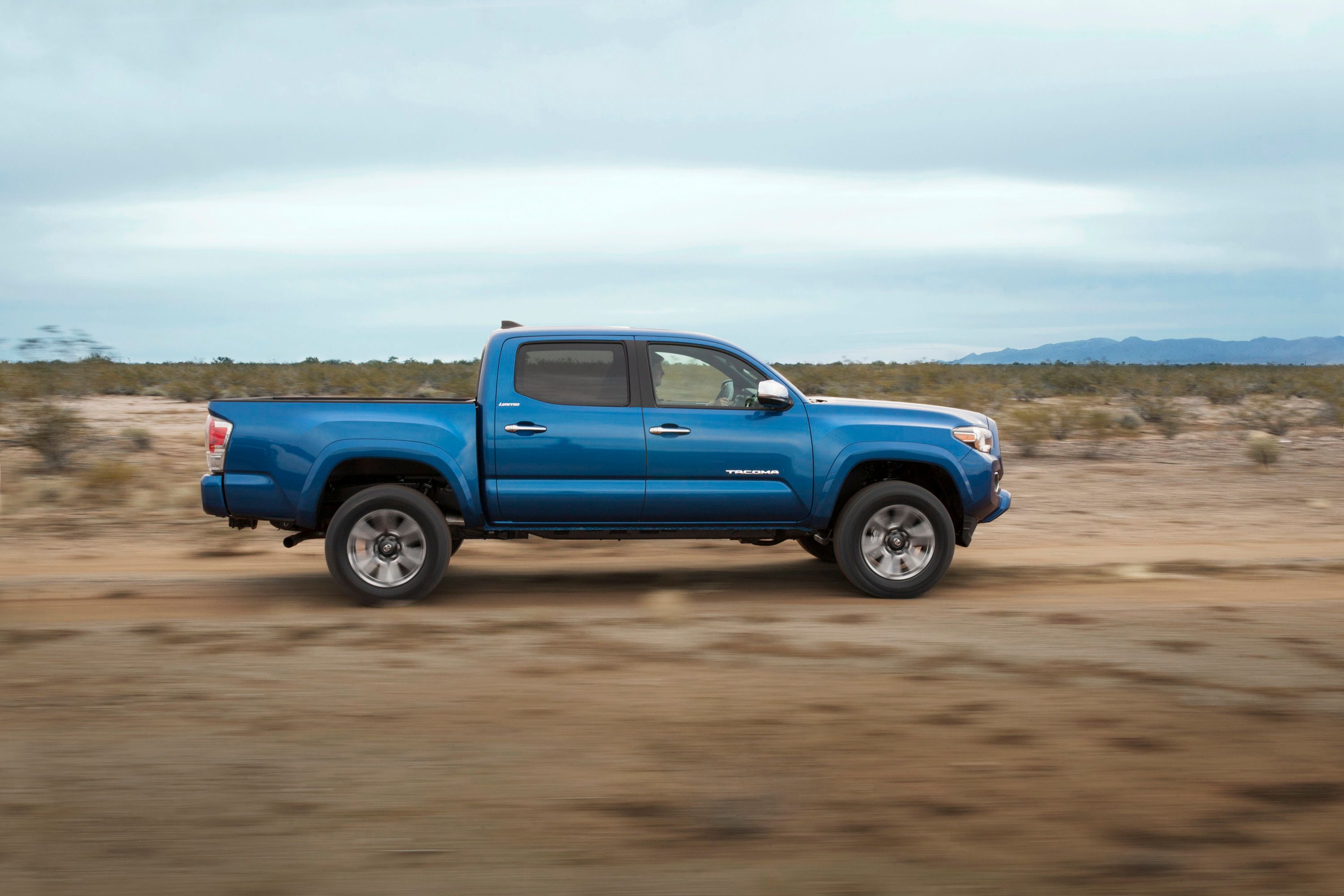Truck enthusiasts often hear the terms half-ton, three-quarter ton, and one-ton in the description of their favorite rigs, but what’s it all mean? The short answer – it’s a weight classification. Unfortunately the long answer is more complicated and is plagued by a history of shifting standards and marketing hype. Let me explain.
Back in the early days of trucks, the terms simply described how much a truck was rated to haul. You bought a half-ton truck and you can haul up to 1,000 pounds of cargo and passengers. Simple. Well as trucks became more popular and technology evolved, the terms became more of a placeholder, especially when truck makers began competing with each other in advertising.
Pickups gained their popularity in the late 1940s as GIs came home after the war and went back to work. Trucks had proven their worth on the battlefield, and the civilian market recognized the possibilities. Sure there were civilian trucks before this, but on a much more limited scale. What’s more, with the U.S. economy saved from the Great Depression of the 1930s, businesses actually had money to spend on equipment.
Nowadays pickup trucks->ke242 are found in just as many driveways as on job sites. The boom of recreational pickup use has moved this discussion about weight classifications from the fleet manager’s office to the dinner table as Mr. and Mrs. Everyman decide what truck they need to pull their boat or fifth wheel RV.
So let’s dive in and sort out the jargon.
Continue reading for the full story
GVWR
Understanding payload requires knowledge of how trucks are classified by the U.S. government and automakers. First, automakers determine the maximum amount a truck can safely carry in its cargo bed and cabin. This figure is known as a truck’s gross vehicle weight rating.
Say a truck has a GVWR of 9,000 pounds and weighs 5,000 pounds. The 4,000-pound difference is the amount of cargo, passengers, and trailer tongue weight the truck is capable of carrying. It’s this cargo capacity that the whole “-ton” classification got started with.
Back in the day, a one-ton truck had the ability to carry 2,000 pounds of cargo, a three-quarter ton truck could carry 1,500 pounds, and so on.
Modern Trucks
Pickups today far exceed these primitive weight classifications. The 2015 Ram 3500, for example, offers an impressive 7,390 pounds of payload. That’s more than three and a quarter tons. On the opposite end of the scale, even the “midsize” 2015 Chevrolet Colorado can haul upwards of 1,500 pounds, technically making it a three-quarter ton truck. Confused yet?
Here’s the takeaway: These payload capacities help distinguish a truck’s “class” rather than its real-world capability. In other words, these classifications don’t really mean anything besides giving customers an idea of where a truck’s capacities fall within the spectrum.
Midsize Pickup
Though it’s not included in the “-ton” classification, these trucks are important to the industry. Sales are increasing as folks figure out they don’t need the capability of a half-ton (full-size) pickup to move their dirt bikes around or haul their friend’s furniture out of their mom’s basement.
The midsize category has also been growing in size lately, moving from rather compact designs to larger, more powerful pickups that are capable of doing the same work that required a half-ton truck just a decade ago. Examples include the Chevrolet Colorado, 2015 GMC Canyon, 2016 Toyota Tacoma and 2009 Nissan Frontier.
Half-Ton pickups
This category is the most popular pickup segment and offers buyers the widest range of pickups to choose from. Included are the 2014 Chevrolet Silverado and GMC Sierra 1500, the 2015 Ford F-150, the Ram 1500, the 2014 Toyota Tundra, and the Nissan Titan. Payload capacities wildly vary in this category, with ratings ranging from 1,000 to 3,000 pounds.
Three-Quarter Ton Pickups
This sort of middle ground in the truck category offers a more robust truck with higher capacities but without sacrificing too much driveability. Examples include the 2015 Chevy Silverado and 2015 GMC Sierra 2500, Ford F-250->ke250, and 2016 Ram 2500. Toyota->ke88 does not complete in this market and Nissan->ke62 is brand new at the game with the debut of the 2016 Nissan Titan XD.
One-Ton Pickup
The big daddies of the pickup world are for those who regard towing and hauling capacities above all else. Dual rear wheels, available diesel engines, and built-in trailer brakes are the norm. Examples include The Chevy Silverado and GMC Sierra 3500, and the Ram 3500, along with the 2015 Ford F-350 and the somewhat controversial F-450.
Modern one-ton pickups, despite their consumer-based orientation, require a commercial driver’s license to operate at their full capacities. That’s thanks to the advancements in design and abilities, pushing each truck well past the U.S. government’s requirement of a CDL above 26,000 pounds of GVWR. Stay under that weight, and your regular driver’s license will suffice.
Conclusion
So what have we learned? It’s simple: the traditional “-ton” classification for pickups is a mere formality in this day in age. Pickups don’t stick to the payload capacity ratings set forth by these classifications for several reasons, the most obvious being the ever-increasing desire of consumers to have bigger and better trucks that can out-haul their buddy’s truck.
Nevertheless, the terms have stuck around and will likely to do so for decades to come.
